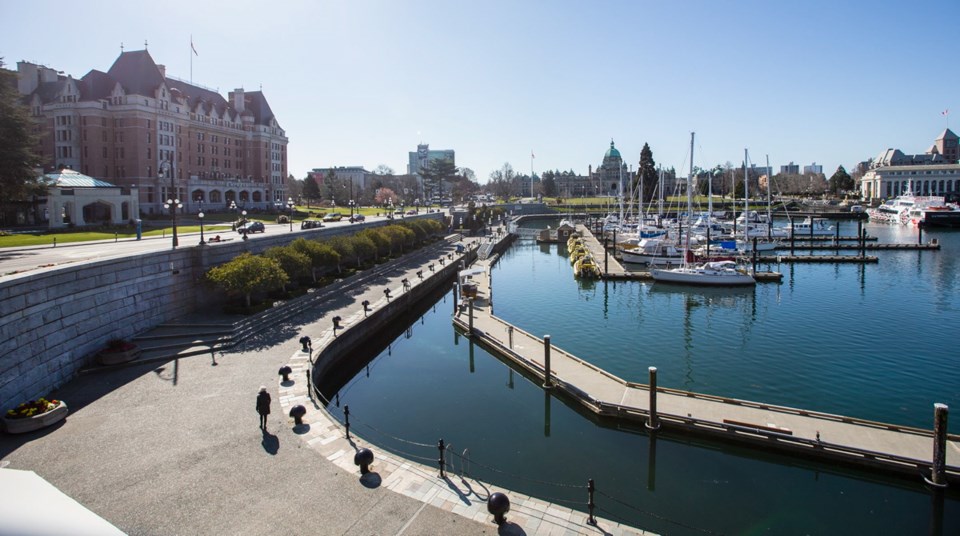The big question no one can answer is: How much more of this can B.C. take? There’s no answer because, as every official stresses, no one has ever gone through anything like this before.
Nonetheless, we’re about to find out.
The pandemic’s quick eruption into a full-scale emergency in March shocked the government as much as it did the public. It was a punch in the face that stunned everyone for a few weeks.
Now it’s obvious the stress is going to continue on a sustained basis for an undetermined time. How the government and the public at large handle that burden will decide the next few chapters.
The restart plan announced Wednesday had some encouraging notes that will lift people’s spirits. Just the word “restart” is cause for (careful) celebration. There was mention of families getting together again, more retailers opening, park gates getting unlocked (May 14) and other welcome plans. There’s enough in it to maintain a sense of badly needed optimism.
For the government as an institution though, the stress is unrelenting.
The working hypothesis is that British Columbians can safely increase the number of social interactions to about 60 per cent of normal without seeing COVID-19 cases start to spike. So the resumption of regular activities is roughly scaled to that.
There’s no estimate of what the corresponding impact is on the economy. But it’s significant and it’s going to suppress activity for a long time to come.
In the initial response, the government sent $1,000 emergency grants to every eligible person whose work was affected by the pandemic. Premier John Horgan said Wednesday they’ve had more than 400,000 applicants in six days. That’s potentially a $400-million emergency outlay through just one of the several aid programs put together by government.
“That’s a big challenge and it’s going to take time to absorb those workers back into the economy,” Horgan said.
Several of the initial response programs were time-limited. The gradual staging of the restart makes it look like more help will be needed, regardless of how suppressed government revenues are.
There are huge revenue-generating sectors that are left out of the restart. Bars, nightclubs, casinos, conventions, spectator sports, concerts and international tourism were termed “complicated and challenging” and any re-opening in those formerly lucrative enterprises are “to be determined.” They won’t be approved until there is community immunity or broad successful treatments available, which could be a year or more away.
The better news is that a broad swath of businesses that were shut down voluntarily or otherwise can re-open, on strict conditions. And essential businesses that have been open throughout can refine the new health rules to be slightly less cumbersome. The emphasis will be on safely reducing lineups, by staying open longer, opening more check-outs or allowing more traffic, for instance.
The restart is going to mean more plastic shielding everywhere, more people wearing masks than ever before. There will be symptom screening at a lot of doorways and constant hygiene warnings. It will require a bureaucratic onslaught to make it all work. Worksafe B.C. will contact industry associations to set guidance.
“We are not going to be having thousand upon thousands of individual plans being reviewed, or we’d never get restarted,” said one official. “But we are looking for each organization to actually have a documented plan aligned with the guidelines.”
It’s going to be a drawn-out process from mid-May through to September and beyond. Phases will begin spaced out over intervals of weeks. People over age 60 will be treated as higher risk in all the new protocols that will soon be kicking in.
Although it’s all carefully thought out, it’s all a grand experiment based on estimating how far the restart can be pushed without restarting the virus’s spread as well.
It’s likely on the conservative side in most estimates. Provincial health officer Dr. Bonnie Henry said: “We do not want to be starting and stopping.”
So it’s designed to maintain a steady state through to the fall, even if the virus surges.



